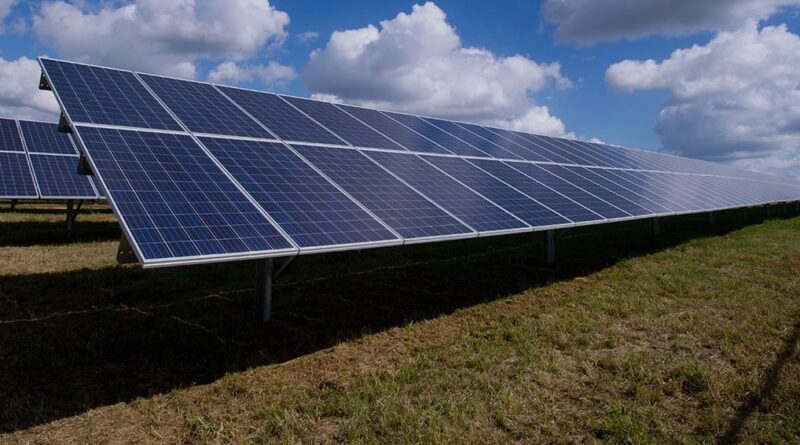The global shift to renewable energy is as much about data and automation as it is about installing solar panels or wind turbines. Especially in developing nations, leveraging a sophisticated digital backbone can make green power both reliable and cost-effective on a grid scale.
Automation Needed to Foward Renewable Energy Transition in Developing Nations

Key Takeaways:
- Renewables represent a technological revolution, not just physical infrastructure.
- Automation and data systems are critical for grid-scale reliability and affordability.
- Developing nations stand to benefit significantly from advanced clean energy infrastructure.
- A wide array of sources—solar, wind, hydro—depend on digital oversight.
- Technological innovation is vital for a stable future in clean power.
Introduction
The global transition to renewable energy is fundamentally a technological revolution, stretching far beyond the mere installation of solar panels and wind turbines. While physical infrastructure remains crucial, the real game-changer lies in the behind-the-scenes ecosystem of automation and data intelligence.
Extending Beyond Infrastructure
Too often, the conversation around clean power focuses solely on hardware—arrays of solar panels or towering windmills. Yet, the articles and research emerging in the renewable energy sector underscore that truly sustainable and cost-effective grid-scale power depends on the efficient deployment of digital tools.
The Digital Backbone
At the heart of this revolution is a sophisticated automation framework coupled with robust data intelligence. To meet the demands of modern grids, clean energy providers are turning to software systems that balance loads, forecast energy generation, and optimize storage. When harnessed effectively, these digital tools ensure uninterrupted and economical energy delivery to communities that need it most.
Developing Nations at the Forefront
Automation has potentially the greatest impact in developing nations. While these regions often face infrastructural challenges, they can move quickly with solutions that combine renewables and next-generation digital technology. Solar power, wind farms, and hydroelectric solutions all benefit from a precise network of analytics, ensuring that even remote communities have access to clean, steady power.
Conclusion
As the world pursues a path toward green growth, the spotlight is turning to emerging digital solutions. From maximizing the efficiency of wind turbines to integrating solar farms into national grids, automation is the invisible hand guiding a reliable and cost-effective transformation. The full promise of renewable energy lies not just in physical infrastructure but in the intelligence that propels it forward.











